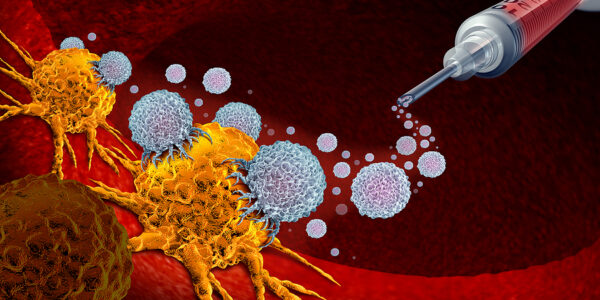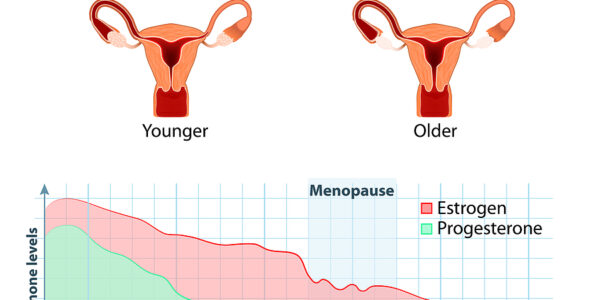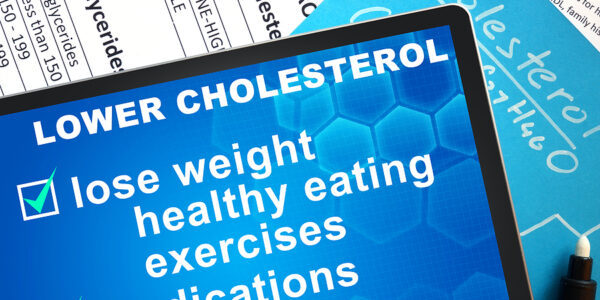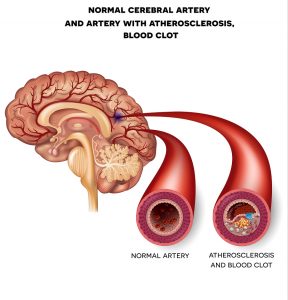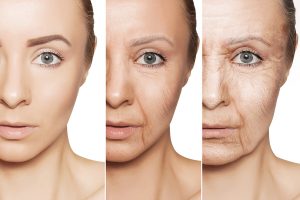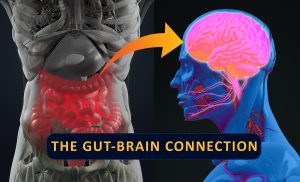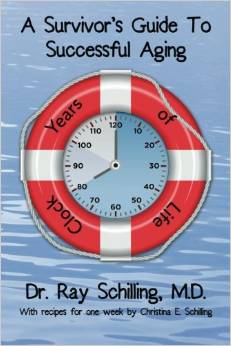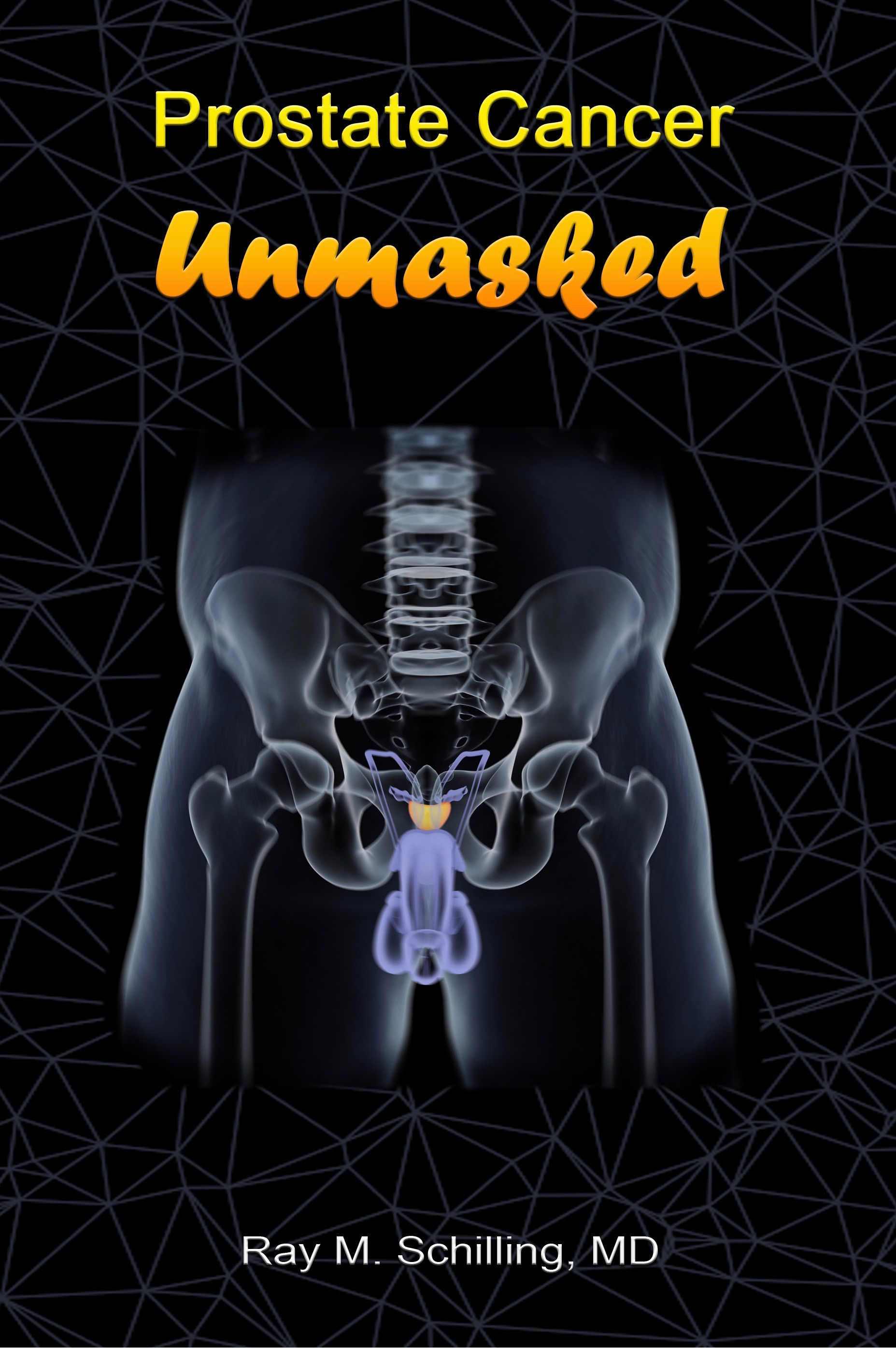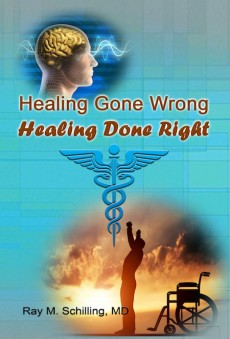Antibiotic resistant bacteria killed by teixobactin would be a dream for infection specialists. In the last few decades drug resistance among antibiotics has become a major problem in chronic care homes and hospitals. Fortunately, an early 2018 publication announced that a research team from Lincoln, Great Britain was successful in synthesizing a new antibiotic, called teixobactin.
Origin of teixobactin
First of all, teixobactin is a peptide, and it comes from a soil bacterium that was difficult to culture. But a new culture method made it possible to isolate teixobactin. Subsequently the biochemists were able to create the identical antibiotic synthetically.
This moment likely is as important as the original discovery of penicillin. Experiments in the Petri dish and in mice show that teixobactin is a broad spectrum antibiotic, has no toxicity and treats all of the problem bugs that are associated with drug resistance. To the clinician it is a dream come true. For decades they hoped for an effective treatment for drug resistant bacteria. And now this seems to materialize. In the US there are 2 million drug resistant infections every year. More than 23,000 patients die from them every year.
Six problem bugs that are drug resistant
There are currently 6 problem bugs that have developed resistance. 1 in 4 nursing home patients may have one of these resistant bugs: carbapenem-resistant Enterobacteriaceae, methicillin-resistant Staphylococcus aureus (MRSA), ESBL-producing Enterobacteriaceae, vancomycin-resistant Enterococcus (VRE), multidrug-resistant Pseudomonas aeruginosa and multidrug-resistant Acinetobacter.
3 years ago a research team showed that teixobactin killed MRSA and VRE. The underlying publication by Ishwar Singh and colleagues described how cyclic peptides their research team has successfully synthesized teixobactin analogues. He said that these findings may “lead to the first new class of antibiotic drug in 30 years”.
Mouse experiments using teixobactin analogues
The next level of evidence came from mouse experiments. Ten analogues of teixobactin were tested on mice that had infections due to drug resistant bacteria.
One team working at the Singapore Eye Research Institute could show that mice that had Staphylococcus aureus keratitis (infection of the cornea with bacteria) achieved a cure of this infection with synthetic teixobactin. An additional observation was that the amount of swelling (edema) and inflammation that is part of the infection was quickly resolving with teixobactin. This additional anti-inflammatory effect of teixobactin is an asset that will be a necessity, when it comes to treating infections in patients.
At this point there have been no clinical trials. This is the next step before physicians can prescribe teixobactin for their patients. Dr. Singh said, “We are probably around six to ten years away from a drug that doctors can prescribe to patients”.
New antibiotic treats
antibiotic resistant tuberculosis
In addition to teixobactin there is another story that gives hope for cases of resistant tuberculosis. In an Iranian publication from August 2017 it is described how compounds from the Persian shallot have full antibiotic activity against known drug resistant E.coli strains.
The same antibiotic derived from Persian shallot is also effective against resistant tuberculosis. Dr. Sanjib Bhakta and Professor Gibbons from Great Britain said that their ability to synthesize the effective antibiotics is a great breakthrough. Prof. Gibbons said: “Natural products from plants and microbes have enormous potential as a source of new antibiotics. Nature is an amazingly creative chemist, and it is likely that plants such as the Persian shallot produce these chemicals as a defence against microbes in their environment. Dr. Bhakta and I will be dedicating our research to discovering new antibiotics and understanding how they function.”
Persian shallot-derived antibiotics
Dr. Bhakta tested the Persian shallot-derived antibiotics against various drug-resistant bacteria. There were inhibitory effects on Escherichia coli, Klebsiella pneumoniae, multidrug resistant Staphylococcus aureus and Proteus mirabilis. But the most impressive inhibition (inhibiting growth by 99.9%) was against the tuberculosis bacterium, Mycobacterium tuberculosis. Consequently this is a significant finding as drug-resistant tuberculosis strains have been on the rise killing a lot of people.
Conclusion
Research has opened a door to a new era that will be ready for prime time in 6 to 8 years. Research has identified two groups of new antibiotics, synthetic teixobactins and Persian onion-derived antibiotics. They are both effective in preliminary in vitro and in vivo mouse experiments against drug-resistant bacteria. The most important effects are against Staphylococcus aureus (MRSA), vancomycin-resistant Enterococcus (VRE) and antibiotic resistant tuberculosis (Mycobacterium tuberculosis). At this stage there is an urgent need to conduct clinical trials to get FDA approval for these new antibiotics. With this approval the new antibiotics are ready for use in clinical medicine against drug-resistant infections. In the antibiotic field no such finding of that significance has occurred in the last 30 years. In the US more than 23,000 patients die from them every year. It is high time that there is a cure for these infections.
